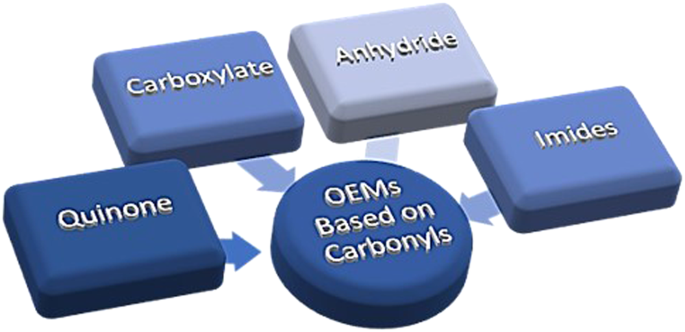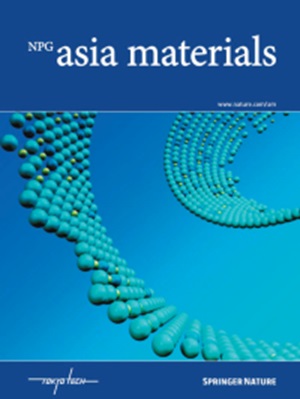+用于可持续电池的新兴有机电极材料
IF 8.3
2区 材料科学
Q1 MATERIALS SCIENCE, MULTIDISCIPLINARY
引用次数: 0
摘要
有机电极材料(OEM)具有较低的放电电位和充放电速率,因此适合用作经济环保的可充电储能系统,而无需使用锂或钠等金属。通过将 OEM 发展成稳定、高效的下一代高功率电池,可实现可持续的能源经济。尽管存在几类 OEM,如导电聚合物、二维和三维金属有机框架、有机锂衍生物、二维共价有机框架、芳香杂环亚胺和紫胶衍生物,但自 20 世纪 60 年代问世以来,羰基分子一直保持着较低的放电电位和稳定的充电/放电特性。然而,包括羰基衍生物在内的一些具有氧化还原活性的有机分子在标准电池电解液中的电化学稳定性和离子迁移性较差,阻碍了它们的商业应用。因此,随着对可再生能源需求的增加,羰基 OEM 的合成和测试仍在能源研究中继续进行。本综述总结了开发羰基 OEM 的最新进展及其在充电电池中的性能。本文章由计算机程序翻译,如有差异,请以英文原文为准。


Emerging organic electrode materials for sustainable batteries
Organic electrode materials (OEMs) possess low discharge potentials and charge‒discharge rates, making them suitable for use as affordable and eco-friendly rechargeable energy storage systems without needing metals such as lithium or sodium. OEMs can provide a sustainable energy economy by their development into stable and efficient next-generation high-power batteries. Despite the presence of several classes of OEMs, such as conducting polymers, 2D and 3D metal-organic frameworks, organolithium derivatives, 2D covalent organic frameworks, aromatic heterocyclic imides, and viologen derivatives, since their introduction in the 1960s, carbonyl-based molecules have maintained low discharge potentials and stable charging/discharging properties. Nevertheless, several redox-active organic molecules, including carbonyl derivatives, show poor electrochemical stability and ionic mobility in standard battery electrolytes, hampering their commercial use. Therefore, with the increased demand for renewable energy, the synthesis and testing of carbonyl-based OEMs continue to be performed in energy research. This review summarizes recent advances in developing carbonyl-based OEMs and their performance in rechargeable batteries. Organic electrode materials have gained considerable interest in the area of energy storage owing to their cost effectiveness, stability, tunable nature and high power. The use of natural ingredients, carbon-based materials and polymers for fabrication impart flexibility and light weight to the gadgets. Organic electrode materials present the potential for biodegradable energy storage solutions in batteries and supercapacitors, fostering innovation in sustainable technology.
求助全文
通过发布文献求助,成功后即可免费获取论文全文。
去求助
来源期刊

Npg Asia Materials
MATERIALS SCIENCE, MULTIDISCIPLINARY-
CiteScore
15.40
自引率
1.00%
发文量
87
审稿时长
2 months
期刊介绍:
NPG Asia Materials is an open access, international journal that publishes peer-reviewed review and primary research articles in the field of materials sciences. The journal has a global outlook and reach, with a base in the Asia-Pacific region to reflect the significant and growing output of materials research from this area. The target audience for NPG Asia Materials is scientists and researchers involved in materials research, covering a wide range of disciplines including physical and chemical sciences, biotechnology, and nanotechnology. The journal particularly welcomes high-quality articles from rapidly advancing areas that bridge the gap between materials science and engineering, as well as the classical disciplines of physics, chemistry, and biology. NPG Asia Materials is abstracted/indexed in Journal Citation Reports/Science Edition Web of Knowledge, Google Scholar, Chemical Abstract Services, Scopus, Ulrichsweb (ProQuest), and Scirus.
 求助内容:
求助内容: 应助结果提醒方式:
应助结果提醒方式:


